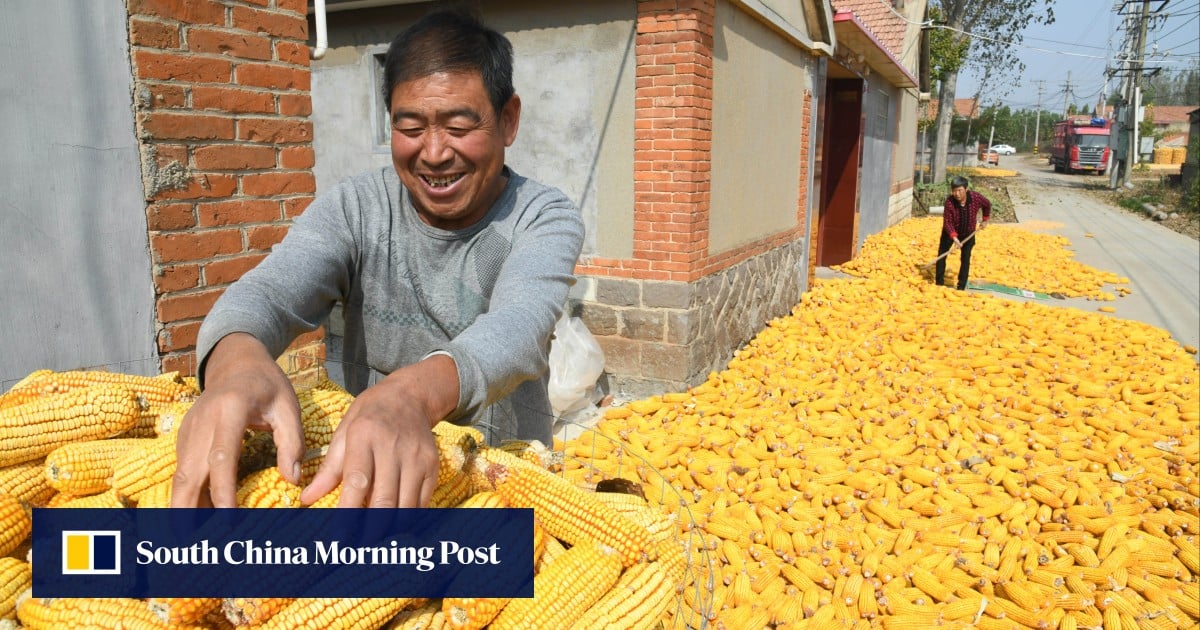
The team from the Institute of Crop Sciences at the Chinese Academy of Agricultural Science and Henan Agricultural University published their findings in the peer-reviewed journal Science last week.
Iron is a key nutrient for development and cell growth in the immune and neural systems, as well as in regulating energy metabolism. The US National Institutes of Health recommends that men take 8mg and women 18mg of iron daily.
Iron deficiency is the most common cause of anaemia, a condition when the body does not have enough healthy red blood cells. It could happen with inadequate intake of dietary iron, increased need during periods of growth and blood loss from parasitic worm infection or menstruation in adolescence.
US-China joint study challenges corn origins theory
US-China joint study challenges corn origins theory
It recommends industrial fortification of staple foods like corn with iron, highlighting that this has been done for years in several countries in the Americas and Africa where corn is a major part of the diet.
In the recently published study, the Chinese team identified a gene that regulates iron concentrations in corn kernels, and found that increasing its expression levels raised the iron content – gene expression being the process by which information stored in DNA directs the formation of cells.
Lead author Li Wenxue, head of corn molecular breeding research at the Institute of Crop Sciences, said the team had been able to load iron into the corn kernels without compromising yield, thereby solving a long-standing problem.
“Taking iron supplements is a feasible solution [for deficiencies] but the cost is quite high,” an institute press release quoted Li as saying.
“Boosting the iron content of daily crops could fundamentally improve the iron nutritional status of a wide population at a low cost, which is of particular significance to developing countries where corn is the staple food,” he said.
International surveys show corn is the third most consumed staple food in the world, after rice and wheat.
A study published last year in the Food Security journal said while people in 161 countries ate corn, this was markedly more common in low and lower-middle income countries and in Africa.
People ate more than 50kg of corn each in nine countries in eastern and southern Africa every year, as well as seven others in South America, the researchers found.

